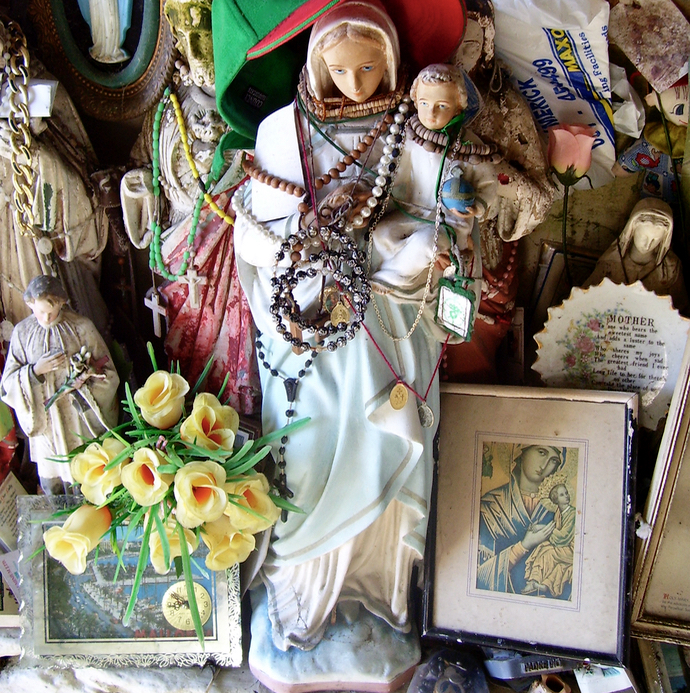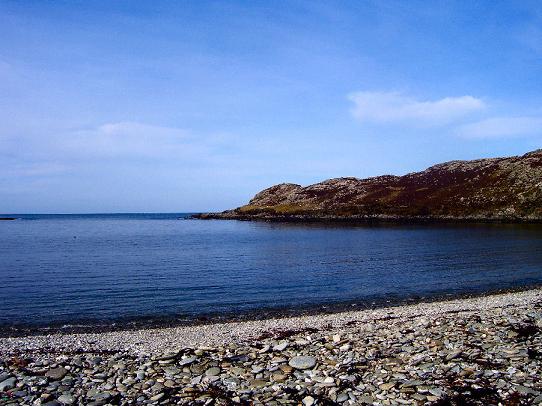
LIFE AS MYTH
![]()
JOURNAL
![]()
JOURNAL 2013
A living myth
Seven year cycles
![]()
SPRING 2013
A song of hope
The churning of the milky ocean
![]()
LIFEWORKS
![]()
ATLAS
![]()

SPRING 2013
THE MYTHOLOGY OF IRISH WATERS
According to Irish folklore, Brigid's well at Liscannor contains healing waters. At one time the well was in a pasture, directly across the road from its current site. When a villager misused the sacred waters, the offended well dried up in response. Shortly thereafter, it reemerged in its present location. There has been one report that St. Brigid appeared to a local girl at the well and the saint healed her of an unspecified affliction.
I spent a day on Inishbofin this week, traveling there by ferry from the dock at Cleggan. Inishbofin or Inis Bo Finne means "Island of the White Cow" which links the island to Boann, a member of the Celtic pantheon, the Tuatha Dé Danann. Boann is a fertility goddess associated with the River Boyne.
The day was absolute perfection, made even more wonderful by the unrelenting rain and storms of the past two weeks. I spent several hours exploring the island on foot -- had a long conversation with a woman who was sitting on the stone wall in front of her cottage, came upon a large sapphire watered lake filled with swans, collected sea glass on a small rock beach.
Romanesque doorway. St. Brendan's Church at Clonfert, Ireland. The mermaid at St. Brendan's Church.




